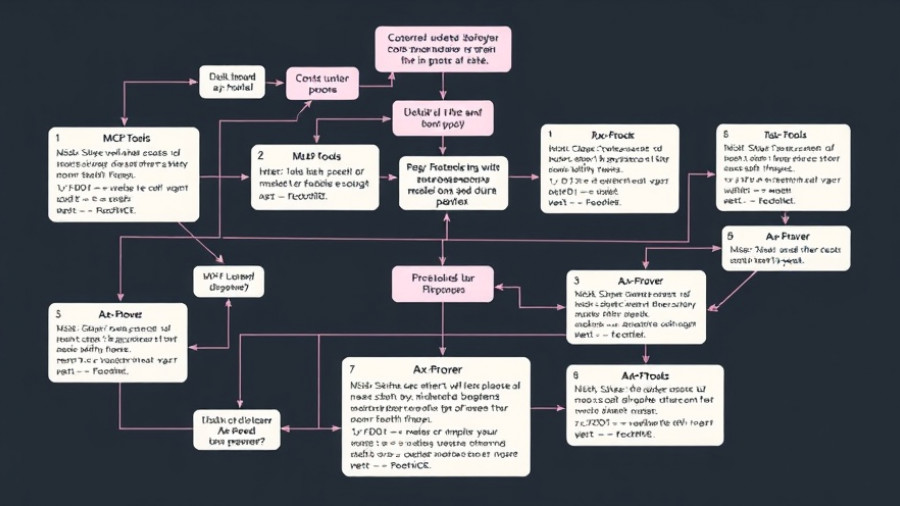
Microsoft's Bold Step into AI Deep Research
In an era where speed and efficiency dictate business success, Microsoft is taking significant strides by integrating deep reasoning AI tools into its chatbot Copilot. This move echoes a pattern seen in advanced AI applications, such as those offered by OpenAI. The new features, expected to roll out in April under the Frontier program, will provide businesses with powerful tools aimed at revolutionizing how they conduct research and analyze data.
Empowering Businesses with Researcher AI Agent
The Researcher AI agent, one of the standout features of the Copilot, is built on OpenAI’s deep research model—the same technology that powers notable tools like ChatGPT. This advanced tool aims to transform traditional market research by enabling businesses to generate comprehensive reports swiftly. It can compile data from numerous sources, including internal documents, industry reports, and even external platforms like Salesforce. This capability allows for the generation of in-depth market insights, go-to-market strategies, and structured client reports in mere minutes.
Analyst AI Agent: Enhancing Data Interpretation
Alongside Researcher, Microsoft has introduced the Analyst AI agent, utilizing OpenAI’s o3-mini reasoning model to empower businesses in interpreting complex datasets. This agent stands out by allowing users to visualize data analysis in real-time and trace the AI's analytical steps. With applications ranging from decoding raw spreadsheet data to making predictions about consumer purchasing behavior, Analyst is positioned to address the needs of industries where data-driven decisions are paramount, such as finance and retail.
Reduction of Misleading Information
One of the major concerns with traditional AI tools is the potential for misinformation, often due to reliance on internet-sourced data. In contrast, Microsoft’s AI agents can access restricted data such as internal emails, spreadsheets, and other communications, enhancing the accuracy and reliability of their outputs. This could be a game-changer for companies that need precise data for strategic planning and execution.
Current Landscape of AI Deep Reasoning
The rise of deep reasoning AI tools like Microsoft's Copilot represents a broader trend in the tech landscape. According to recent studies, AI is increasingly becoming integral to business decision-making, with market research companies projecting that organizations investing in AI technology could see improvements in efficiency by up to 40%. The demand for AI applications is only expected to grow, particularly as organizations look for innovative methods to enhance productivity.
Future Insights: The Trajectory of AI Deep Research Tools
As businesses begin to adopt these innovative tools, discussions around ethics and data privacy are sure to follow. The implications of AI in workplace settings could alter how strategic decisions are made and how information flows within organizations. It is crucial for leaders to stay abreast of these changes, ensuring they leverage the benefits while remaining mindful of potential risks.
Conclusion: The Path Forward for Businesses
As Microsoft aligns its Copilot tool with advanced AI capabilities, the potential for more efficient decision-making is enormous. For businesses looking to embrace innovation, understanding and integrating these tools will be crucial in staying competitive. Embracing AI deep reasoning tools could not only streamline operations but also provide actionable insights that drive growth. Now is the time for organizations to assess their AI strategies and determine how to effectively integrate these emerging technologies.
Ready to enhance your business with innovative AI solutions? Start exploring Microsoft Copilot and its deep research tools today!
 Add Row
Add Row  Add
Add 




Write A Comment